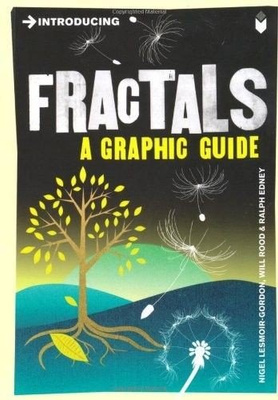Introducing Fractals: A Graphic Guide
- From Zeno to Mandelbrot: explore this new language with which you can describe the shape of cloud as precisely as an architect can describe a house.
Fractal Geometry is the geometry of the natural world – animal, vegetable and mineral. It’s about the broken, wrinkled, wiggly world – the uneven shapes of nature, unlike the idealized forms of Euclidean geometry. We see fractals everywhere; indeed we are fractal!
Fractal Geometry is an extension of classical geometry. Using computers, it can make precise models of physical structures - from ferns to galaxies. Fractal geometry is a new language. Once you speak it, you can describe the shape of cloud as precisely as an architect can describe a house. Introducing Fractals traces the historical development of this mathematical discipline, explores its descriptive powers in the natural world, and then looks at the applications and the implications of the discoveries it has made.
As John Archibald Wheeler, protégé of Niels Bohr, friend of Albert Einstein and mentor of Richard Feynman has said, ‘No one will be considered scientifically literate tomorrow, who is not familiar with fractals’.
